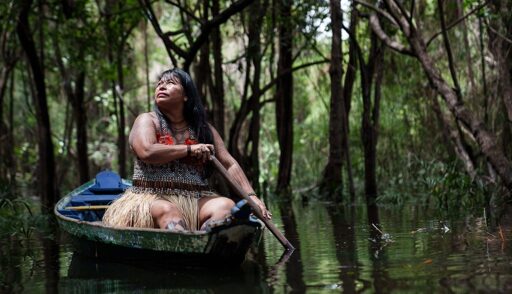As the COP30 climate summit in the Amazon draws near, pressure is mounting to get funding directly into the hands of Indigenous and local community organizations who are the frontline defenders of the world’s rainforests. Donors are waking up to the powerful truth that funding Indigenous and local communities is one of the highest-impact investments we can make for forest protection and climate action. This momentum is encouraging. Still, the numbers tell a stark story. Indigenous and local communities protect 36% of the world’s intact tropical forests, yet receive less than 1% of international climate finance. This contradiction threatens global climate goals and leaves the most effective forest guardians without the resources they need. Behind this funding gap lie systemic barriers: rigid eligibility rules, donor requirements designed for large institutions, and administrative hurdles that shut out grassroots organizations. For decades, many intermediary organizations tried to bridge these gaps. Still, in practice, some evolved into permanent gatekeepers, unintentionally absorbing resources that could have more directly supported the organizations and communities they aimed to serve. Indigenous conservationist Juan Julio Durand is one of the founding members of Junglekeepers, which has protected 50,000 acres of the Peruvian Amazon. Photo courtesy of Mohsin Kazmi. But intermediary organizations don’t always have to be gatekeepers. Our experience at Rainforest Foundation US and its Indigenous partners shows that when structured thoughtfully, intermediary organizations can clear the way rather than complicate it. They can break the funding bottlenecks while deliberately shifting power and, over time, help Indigenous organizations…This article was originally published on Mongabay
From Conservation news via this RSS feed


